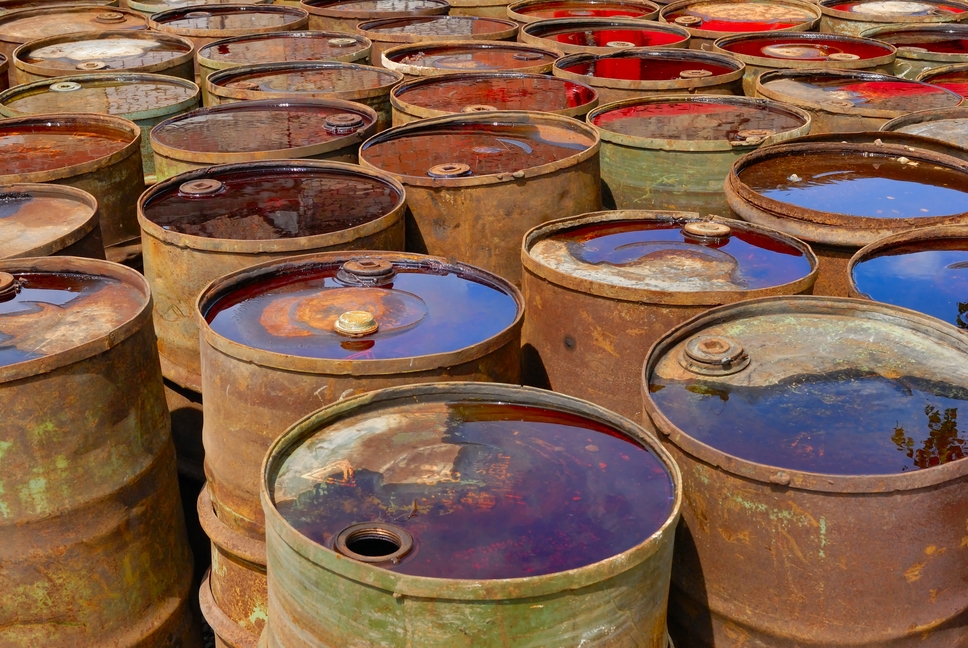WE ENERGETICALLY RECOVER

SERVICE OVERVIEW
Through application of state-of-the-art technologies, FECUPRAL has been recognized as one of the few incineration plants in Slovakia with a permit for energy recovery of the hazardous waste R1 >>
Since 2000, we operate a hazardous waste incineration plant. The two-stage combustion incinerator
provides direct oxidative combustion of solid, pasty and liquid waste. This modern technology consists of rotary kiln followed by afterburner chamber, heat exchanger, sorbents dosing equipment
and also highly efficient emission filters.
We have a disposal permit allowing us to recover and dispose of variety of waste such as paints, varnishes, adhesives and glues, oils and petroleum products, various chemicals, medical waste, and
refrigeration equipment containing freons, etc.
With our state-of- the-art incineration plant we are able to recover materials and energy from waste that would otherwise end up in landfill.

Most of the waste generated by health-care service is of non-hazardous nature. However, some of
the waste referred to as hazardous waste poses a threat to health and the environment and therefore needs to be treated with caution. It is primarily an infectious waste containing pathogenic microorganisms or their toxins, as well as other pathogens that can cause health problems in humans
and animals. This type of waste generated by health and veterinary facilities needs to be disposed of
in our hazardous waste incineration plant.

Currently, an estimated 100 000 chemical substances that have never been part of the Earth´s environment before are now used on a global scale. A great number of these substances, such as
heavy metals or persistent organic pollutants are known to be harmful to the environment. However,
we know very little about many other chemicals and their reactions and impact on the environment and living organisms. Chemicals are used in every area of human life – in agriculture, forestry, science, chemical or pharmaceutical industry.

CFCs is a trade name for a class of chemical compounds of halogen derivatives, the most well-known of which is probably dichlorodifluoromethane. These liquids have typically been used as refills in refrigerants and aerosol propellants in all sorts of sprays or fire extinguishers. CFCs are long-life, highly volatile substances which release lone chlorine atoms in the atmosphere when they are exposed to strong ultraviolet light. These free chlorine atoms then immediately react with oxygen and reduce the amount of ozone in the atmosphere. Freons are disposed of in the hazardous waste incinerations.

These are substances and mixtures intended primarily for surface treatment of objects and/or products, in particular for dressing, printing, coating, degreasing, waterproofing, sizing, varnishing, cleaning, painting or impregnating, and others. They are volatile organic compounds that can be carcinogenic, mutagenic or toxic and therefore it is necessary to limit their emissions to the environment.

Galvanic sludge resulting from galvanic wastewater treatment process generally contains large amounts of heavy metals. In addition to this type of sludge and powders, we are also able to process other types of sludge containing especially noble and precious metals, nickel, copper, zinc, tin, chrome, gold, silver, palladium, cobalt, tungsten, vanadium and other.
